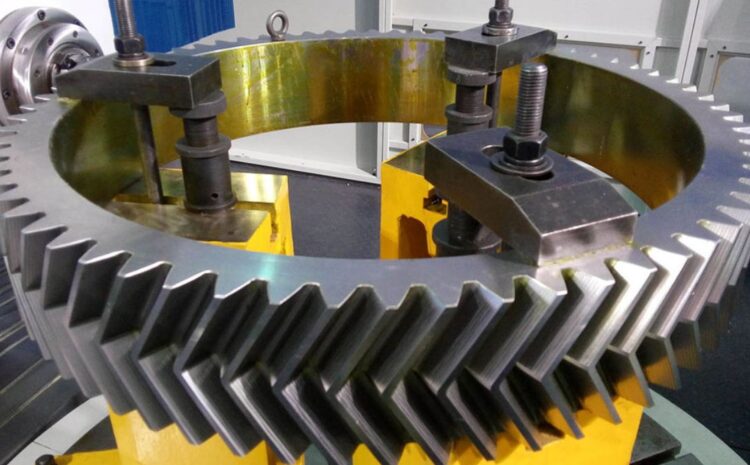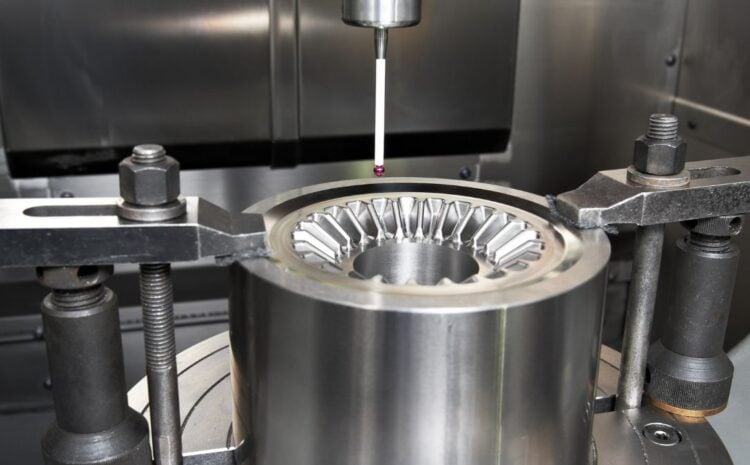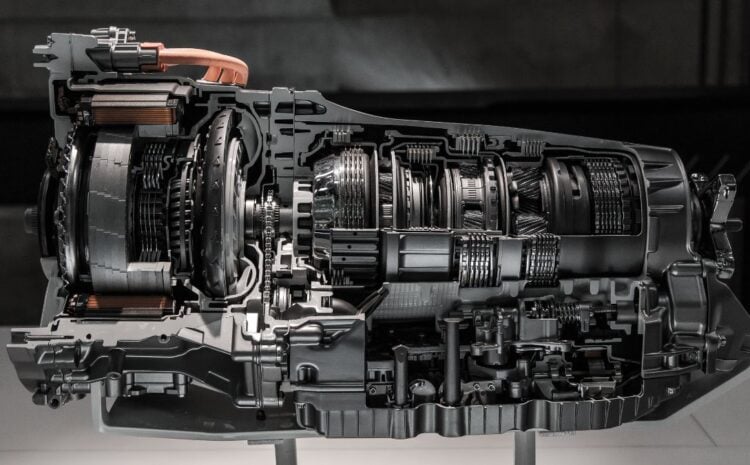For the creation of high-quality gears, gear grinding is an essential step. In precision machining, abrasive grinding wheels remove material from gear tooth surfaces to ensure that gears meet the necessary standards. This process ensures the accurate production of gears by removing excess material, resulting in high-quality finished products. We’ll examine the gear grinding procedure in more detail, along with its advantages and uses, in this article.
Gear Grinding Process
Gear grinding can be classified into four different types, including form grinding, profile grinding, generating grinding, and bevel gear grinding. Each of these types has a specific application and uses specialized equipment.
- Form Grinding: The tooth profile of a gear is ground using form grinding. During the process, the grinding wheel, which is shaped like the tooth profile, rotates and removes material from the entire tooth surface while the workpiece is rotated. This process ensures the precise shaping and finishing of the gear teeth to meet the necessary specifications. The rotation of the workpiece and grinding wheel allows for uniform material removal, resulting in gears with high accuracy and quality.
- Profile Grinding: The profile of the gear tooth, including the root and tip, is ground during profile grinding. In profile grinding, the workpiece is rotated to ensure that the grinding wheel removes material from the entire tooth surface. The grinding wheel is designed to produce the desired tooth shape.
- Generating Grinding: High precision and accuracy gear production is accomplished through generating grinding. A worm grinding wheel is used to generate grinding, which creates the gear’s tooth profile. Since the workpiece and grinding wheel are constantly in contact, the tooth profile of the gear is produced precisely.
- Bevel: Bevel gears are created through bevel gear grinding. Bevel gears are gears with a cone-shaped tooth profile. When grinding bevel gears, the workpiece is rotated while the grinding wheel, which is shaped like a cone, removes material from the entire tooth surface. This process ensures that the gear teeth are accurately shaped and finished to meet the required specifications. The rotation of the workpiece and grinding wheel allows for uniform material removal, resulting in high-quality bevel gears.
Equipment Used in Gear Grinding
- Grinding Machines: The type of grinding machine used for gear grinding will depend on the type of gear being produced. Generally, machines fall into two categories: form grinders and generating grinders. Form grinders are used for grinding the profile of the gear tooth while generating grinders are used for producing gears with high precision and accuracy.
- Grinding Wheels: The type of grinding wheel used will depend on the type of gear being produced. The most commonly used grinding wheel is the worm grinding wheel. Worm grinding wheels are made of abrasive grains and are used to produce the tooth profile of the gear.
- Coolants: Coolants are used in gear grinding to prevent the workpiece from overheating and to improve the grinding process’s efficiency. Coolants can be water-based or oil-based, depending on the type of grinding machine used.
Step-by-Step Gear Grinding Process
The process involves several steps to ensure that the gear meets the required specifications. The following are the steps involved in gear grinding:
- Preparation of the Workpiece: The workpiece is cleaned to remove any dirt, oil, or debris that may interfere with the grinding process.
- Mounting of the Workpiece: The workpiece is mounted on the grinding machine using specialized clamps and fixtures to ensure that it is held securely during the grinding process.
- Alignment and Positioning of the Grinding Wheel: The grinding wheel is aligned and positioned to ensure that it is in contact with the entire tooth surface of the gear being ground.
- Grinding of the Gear Teeth: The grinding process begins, and the grinding wheel removes material from the gear tooth surfaces. The grinding wheel is in constant contact with the workpiece, ensuring that the tooth profile is accurately produced.
- Inspection and Measurement of the Gear: After the grinding process is complete, the gear is inspected and measured to ensure that it meets the required specifications. If the gear does not meet the required specifications, it is returned to the grinding machine for further processing
Benefits
The gear grinding process offers several benefits, including improved gear quality, cost savings, and increased productivity and efficiency.
- Improved Gear Quality: Gear grinding produces gears with high precision and accuracy. The grinding process ensures that the tooth profile of the gear is accurate and produces gears with a smooth surface finish. The improved gear quality translates into increased gear performance and durability, making gears produced using gear grinding suitable for use in high-performance applications.
- Cost Savings: Gear grinding can result in significant cost savings for manufacturers. It ensures the accurate production of gears, which reduces material waste and production costs while also decreasing the need for additional machining operations, resulting in faster production cycle times. Specifically, it minimizes material waste by producing gears with greater precision. Additionally, it eliminates the requirement for additional machining operations, which reduces production costs and shortens production cycle times.
- Increased Productivity and Efficiency: Gear grinding is a fast and efficient process that reduces the production cycle time, resulting in increased productivity. The process also reduces downtime and maintenance costs by eliminating the need for additional machining operations.
Gear Grinding Applications
Gear grinding is used in several industries, including the automotive, aerospace, industrial machinery, and medical equipment industries.
- Automotive Industry: It is used to produce gears used in the transmission, differential, and engine systems of automobiles. The gears produced using gear grinding are of high precision and accuracy, making them suitable for use in high-performance applications.
- Aerospace Industry: It is used to produce gears used in aircraft engines and landing gear systems. The gears produced using gear grinding are of high precision and accuracy, making them suitable for use in aerospace applications that require high performance and reliability.
- Industrial Machinery Industry: It is used to produce gears used in industrial machinery, such as machine tools and printing presses. The gears produced using gear grinding are of high precision and accuracy, making them suitable for use in high-performance industrial applications.
- Medical Equipment Industry: It is used to produce gears used in medical equipment, such as MRI machines and surgical robots. The gears produced using gear grinding are of high precision and accuracy, making them suitable for use in medical equipment that requires high performance and reliability.
Conclusion
A crucial step in the precise manufacture of high-quality gears is gear grinding. The preparation and mounting of the workpiece are the first steps in this process, followed by the alignment and positioning of the grinding wheel, the grinding of the gear teeth, and finally the inspection and measurement of the gear. Better gear quality cost savings, and increased productivity and efficiency are just a few benefits of gear grinding. It is an essential



